Weeds, Diseases and Pests
-

The Georgia Pest Management Handbook gives current information on selection, application and safe use of pest control chemicals. The handbook has recommendations for pest control on farms, around homes, urban areas, recreational areas, and other environments in which pests may occur. Cultural, biological, physical, and other types of control are recommended where appropriate.
Allison Johnson and Victoria McCurley
|
-
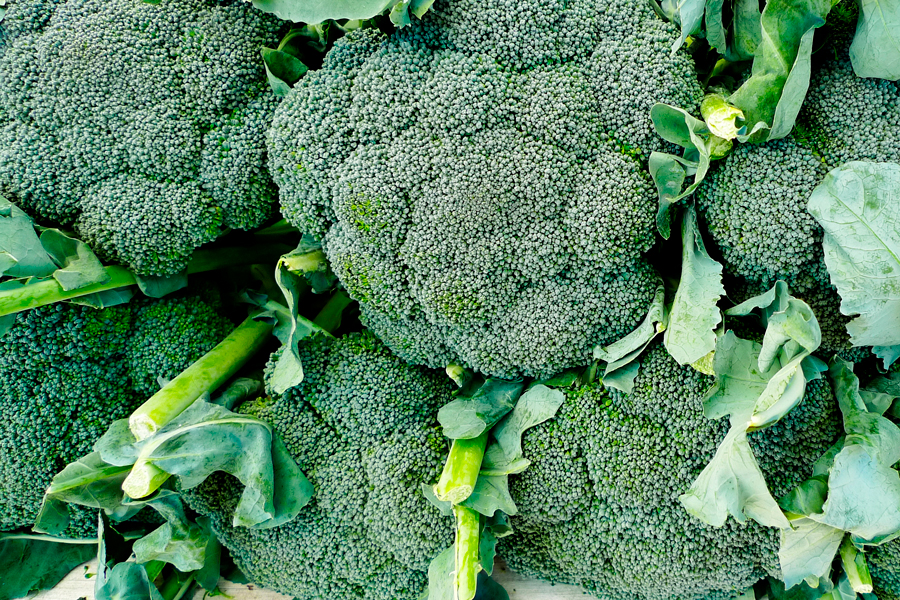
Broccoli is grown throughout Georgia in both the fall and spring growing seasons. A locally significant wholesale industry developed in southwest Georgia, and acreage devoted to broccoli production has increased. The wholesale broccoli industry fills a market window in late fall, through winter, and into early spring. Plantings also occur in north Georgia, where lower winter temperatures limit late fall plantings but allow plantings later into the spring growing season. This publication addresses considerations of horticulture, entomology, and plant pathology for production of fresh market broccoli in Georgia.
Alton Sparks, Tim Coolong, and Bhabesh Dutta
|
-
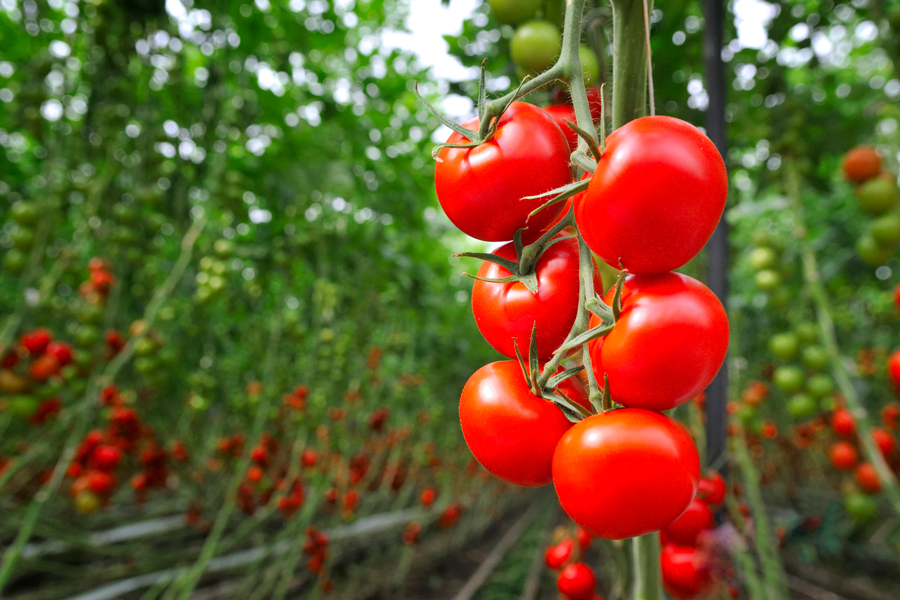
This report provides research and extension results for trials conducted by the University of Georgia Vegetable Team and its collaborators in 2024. Contributing authors include county and regional faculty as well as specialists from UGA’s horticulture, plant pathology, crop and soil sciences, and entomology departments. All research has been supported by the Georgia Commodity Commission for Vegetables.
Tim Coolong and Theodore Mcavoy
|
-
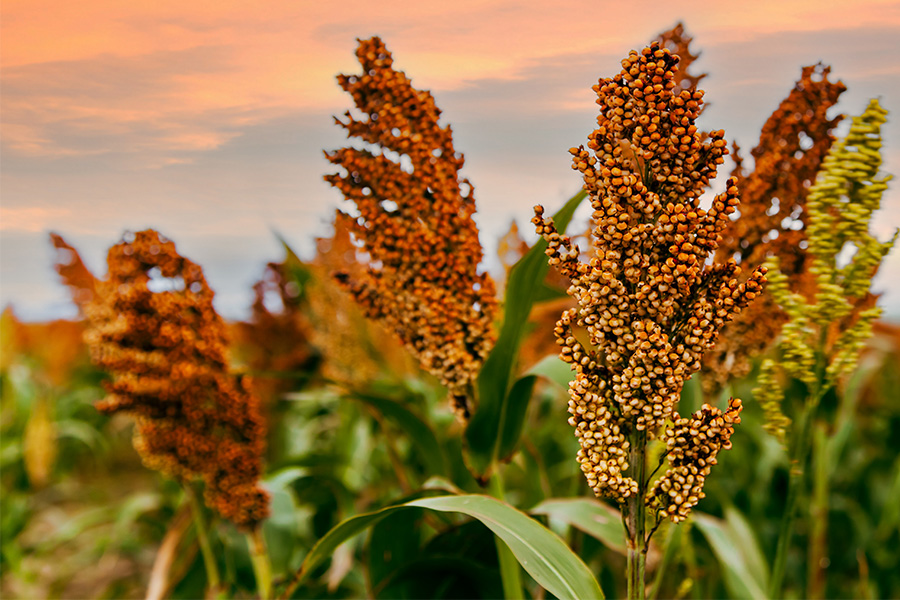
Insect pests can be a major limiting factor in grain sorghum production in Georgia. Growers must be prepared to scout and prevent injury from insects in sorghum. However, a proper insect pest management program will minimize losses to insects and ensure appropriate insecticide use. This publication provides information on the biology and management of sorghum pests.
G. Buntin
|
-

This publication includes recommendations and current guidelines for turfgrass pest control methods and materials in Georgia, as well as a turfgrass management calendar.
Freddie Waltz and Patrick McCullough
|
-
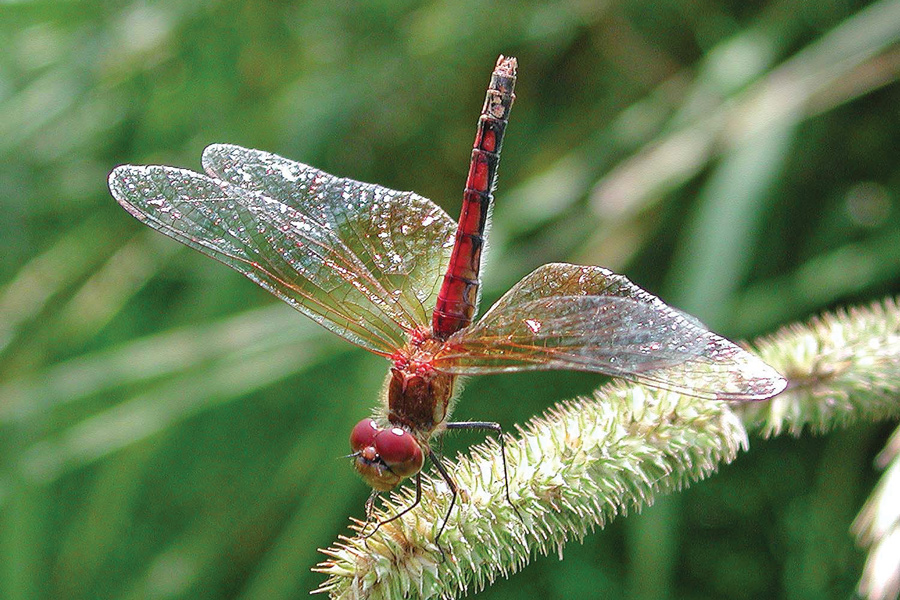
This publication contains photos and descriptions to help identify pests in Southeastern landscapes. Beneficial and pest insects are both included. NOTE: This publication is designed with tabs and cutouts that are not necessarily apparent when printed on a home printer.
Susan Braman
|
-
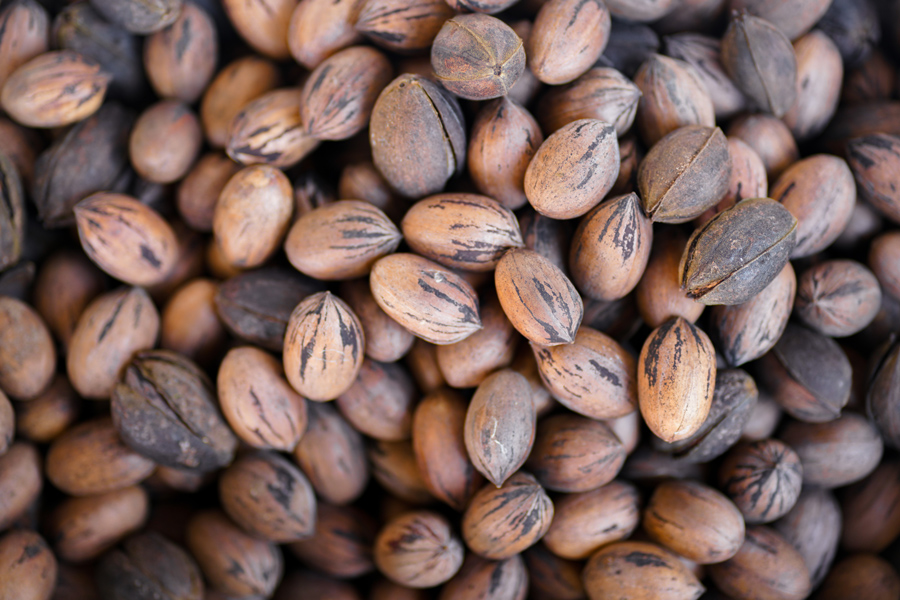
C 893
Mouse Ear of Pecan
Mouse ear of pecan is a growth abnormality resulting from a deficiency of nickel in the pecan tree. Only recently, the discovery was made that mouse ear indicates a severe nickel deficiency. The disorder occurs most frequently on newly transplanted trees in established orchards, but can also occur on sites where pecan has not previously been grown.
Marvin Wells
|
-
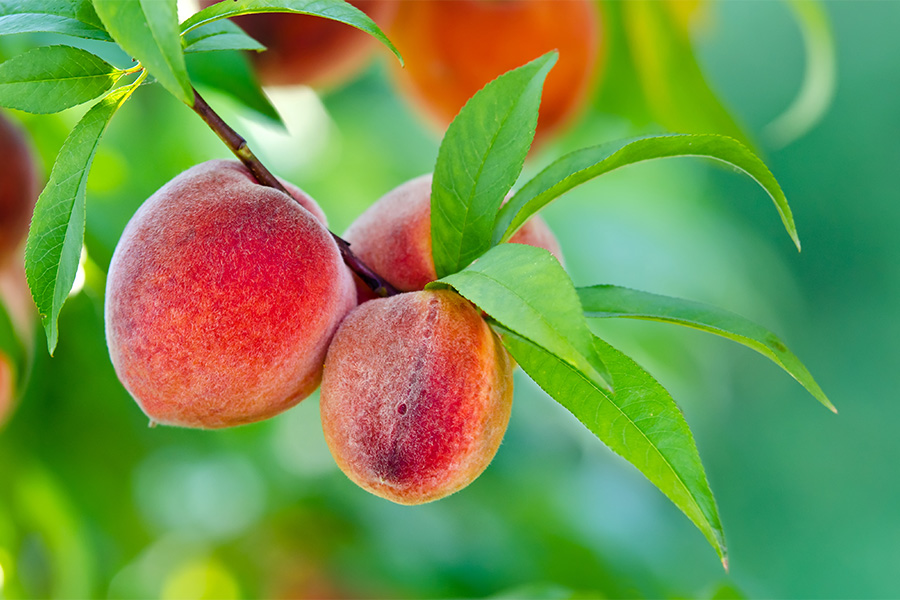
San Jose scale, Comstockaspis perniciosus (Comstock), is a pest of peaches, nectarines, plums, and other tree fruits including apples, pears, and cherries. San Jose scale is considered a secondary pest in many regions of the country, but in the Southeast U.S., it has been one of the most common and most destructive pests to the peach industry since the early 2000s.
Brett Blaauw
|
-
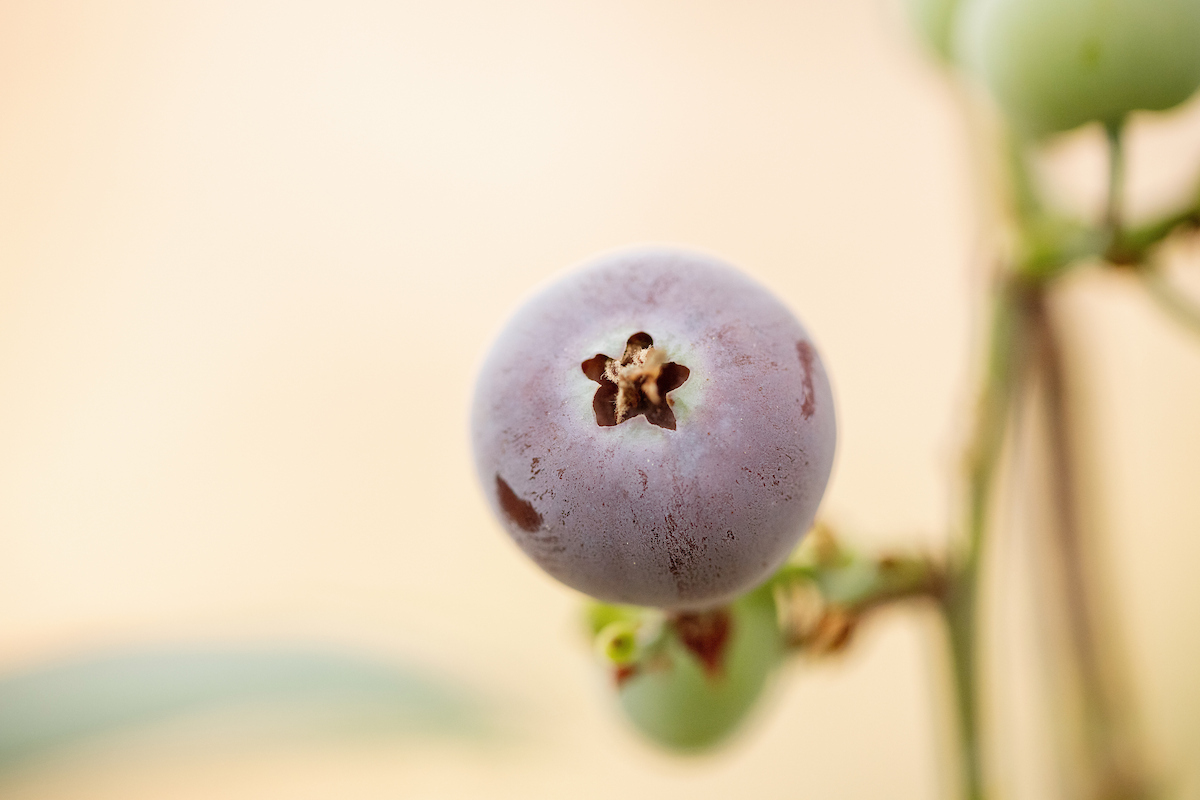
2022 plant disease losses, including control costs, amounted to an estimated $933 million. The value of the crops used in this estimate was approximately $8200 million, resulting in a 11.4% relative disease loss across all crops included in this summary. The estimated values for most crops used to compute these disease losses are summarized in the UGA Center for Agribusiness & Economic Development 2022 Georgia Farm Gate Value Report (AR-24-01). Some estimates for fruits, ornamentals, and turf rely on Extension specialists’ knowledge of the industry and industry sources for information.
Timothy Brenneman, Phillip Brannen, Ganpati Jagdale, Bhabesh Dutta, and Ansuya Jogi
|